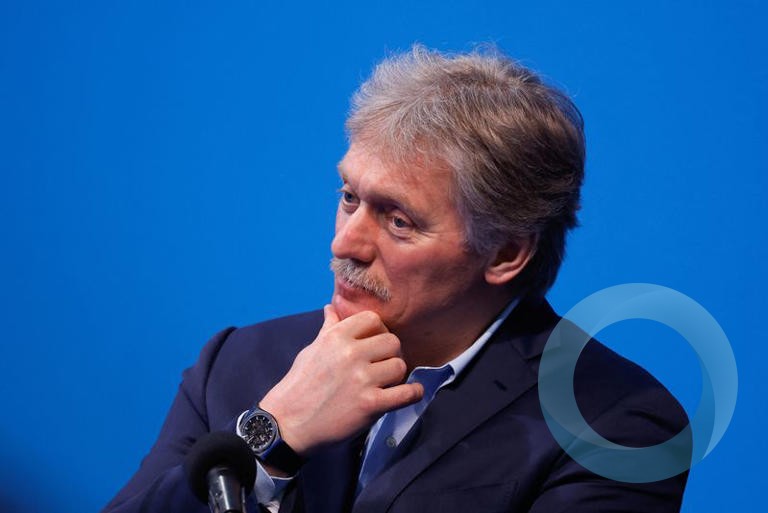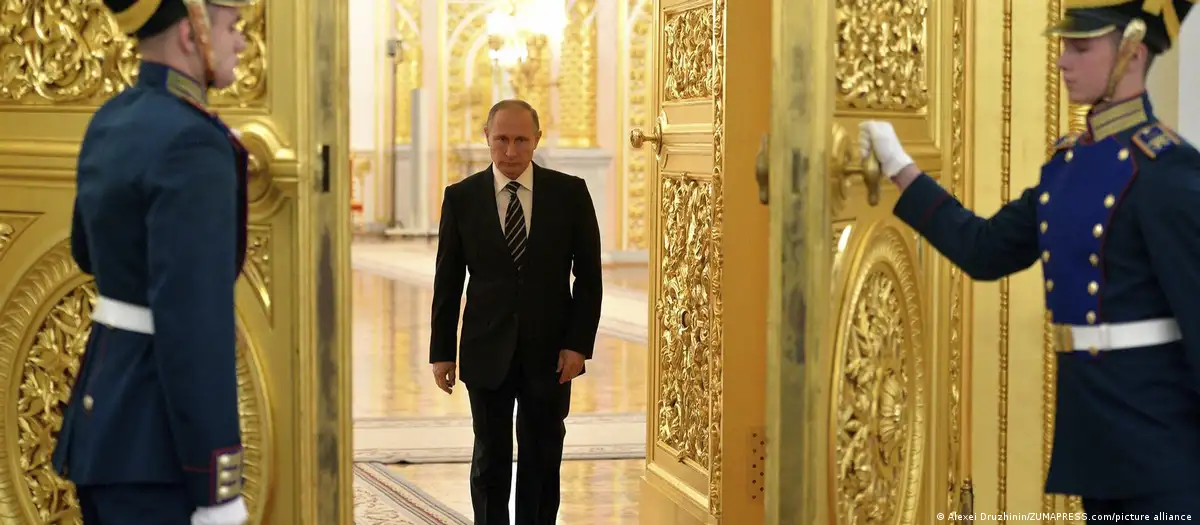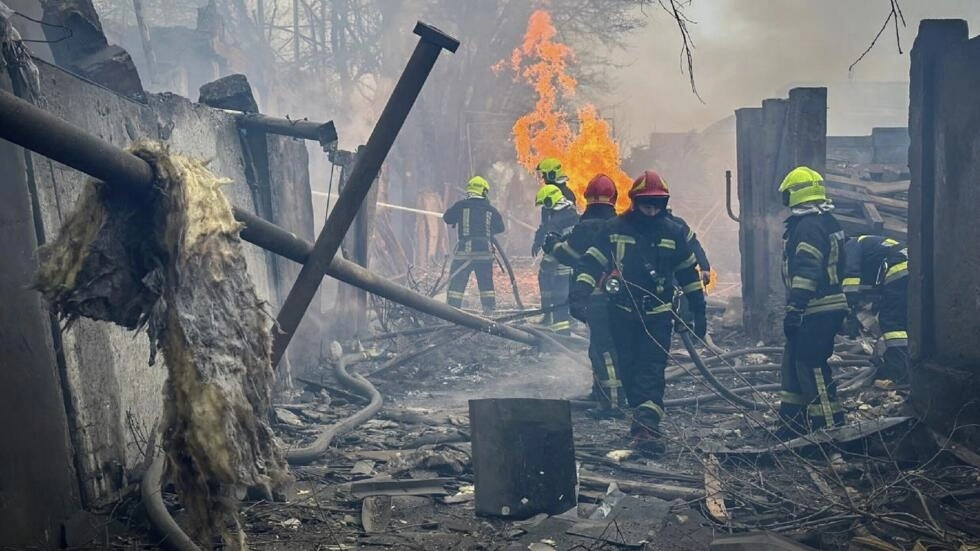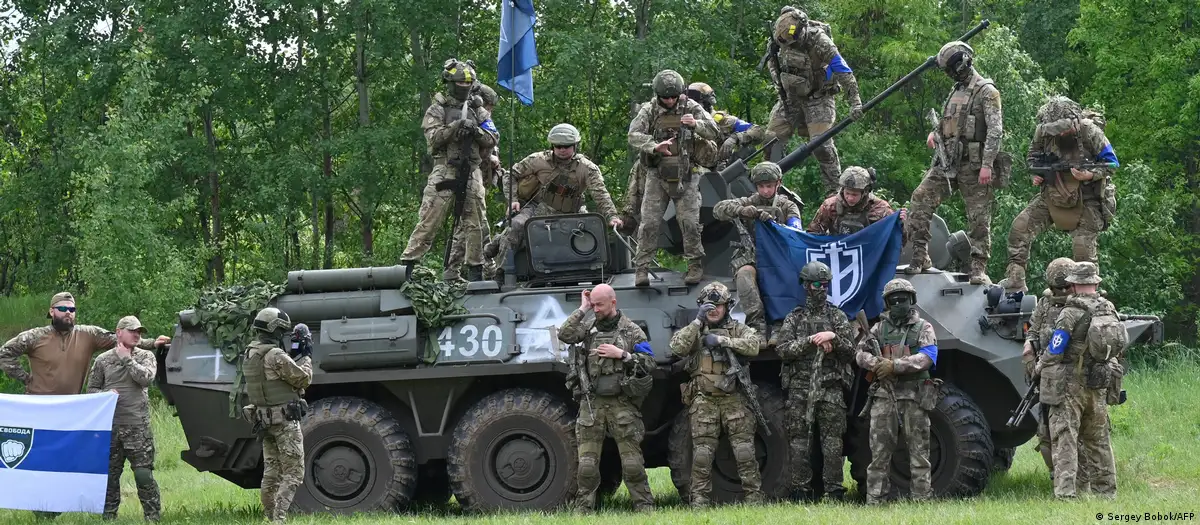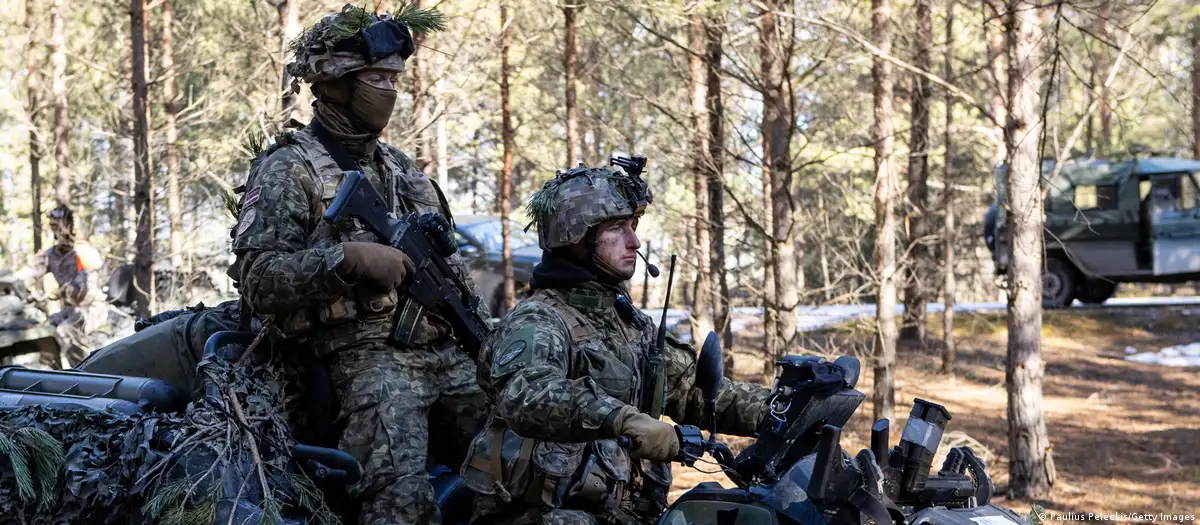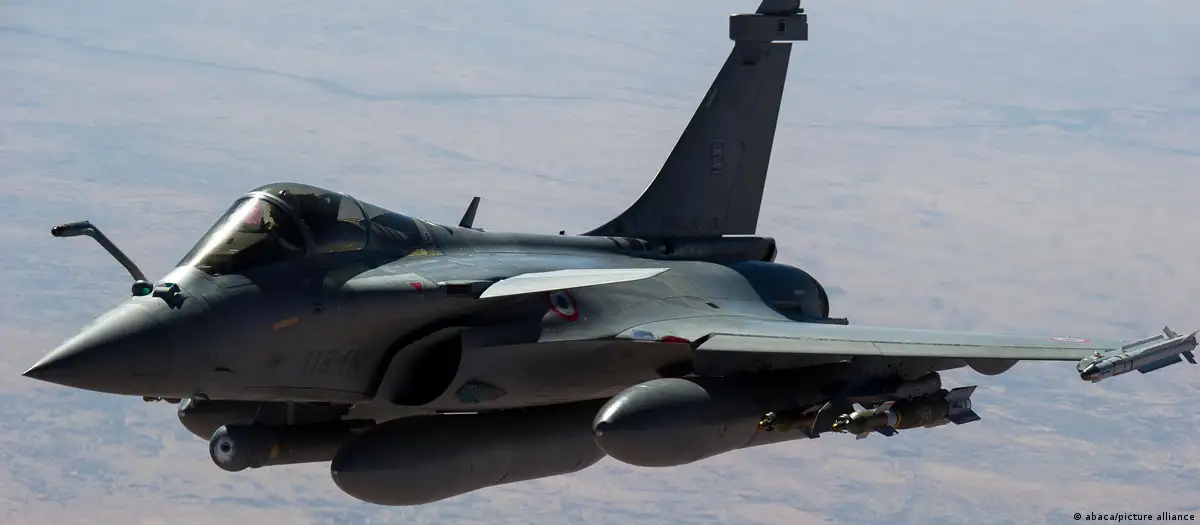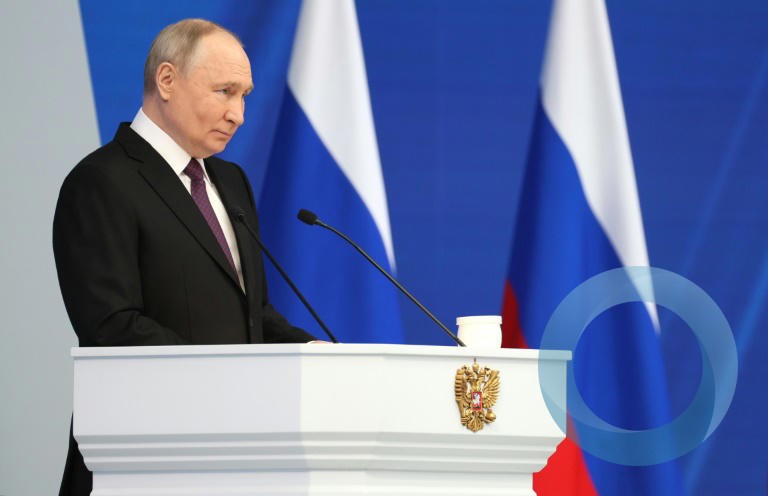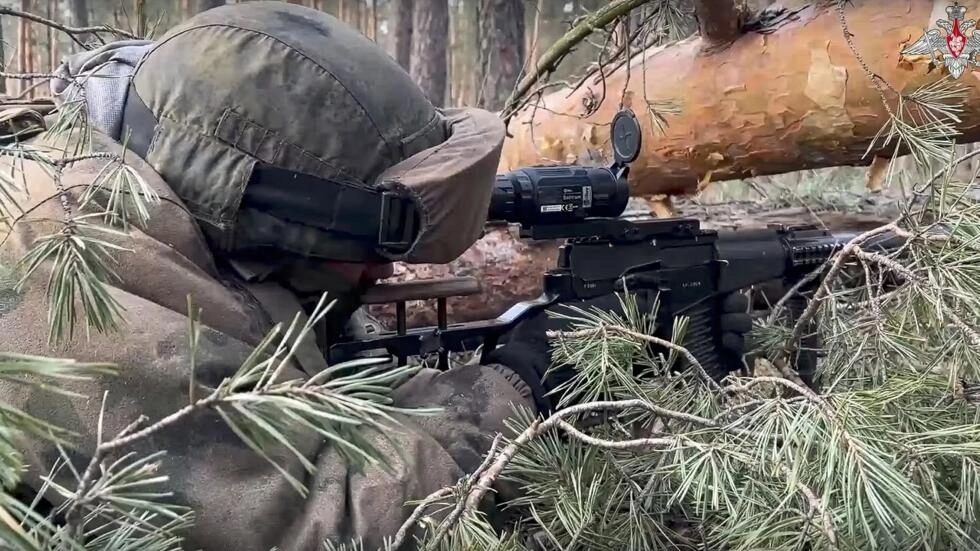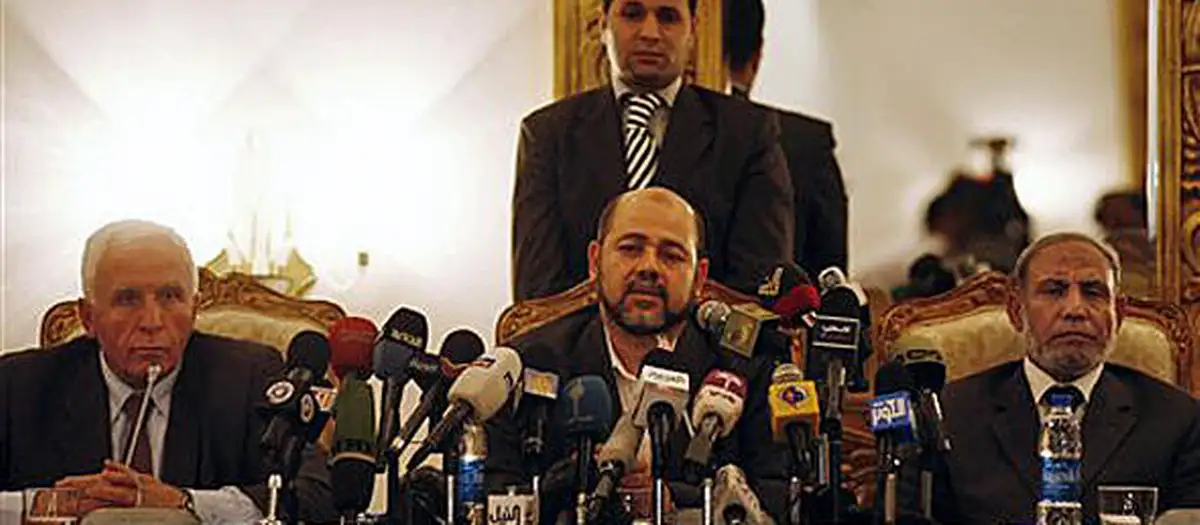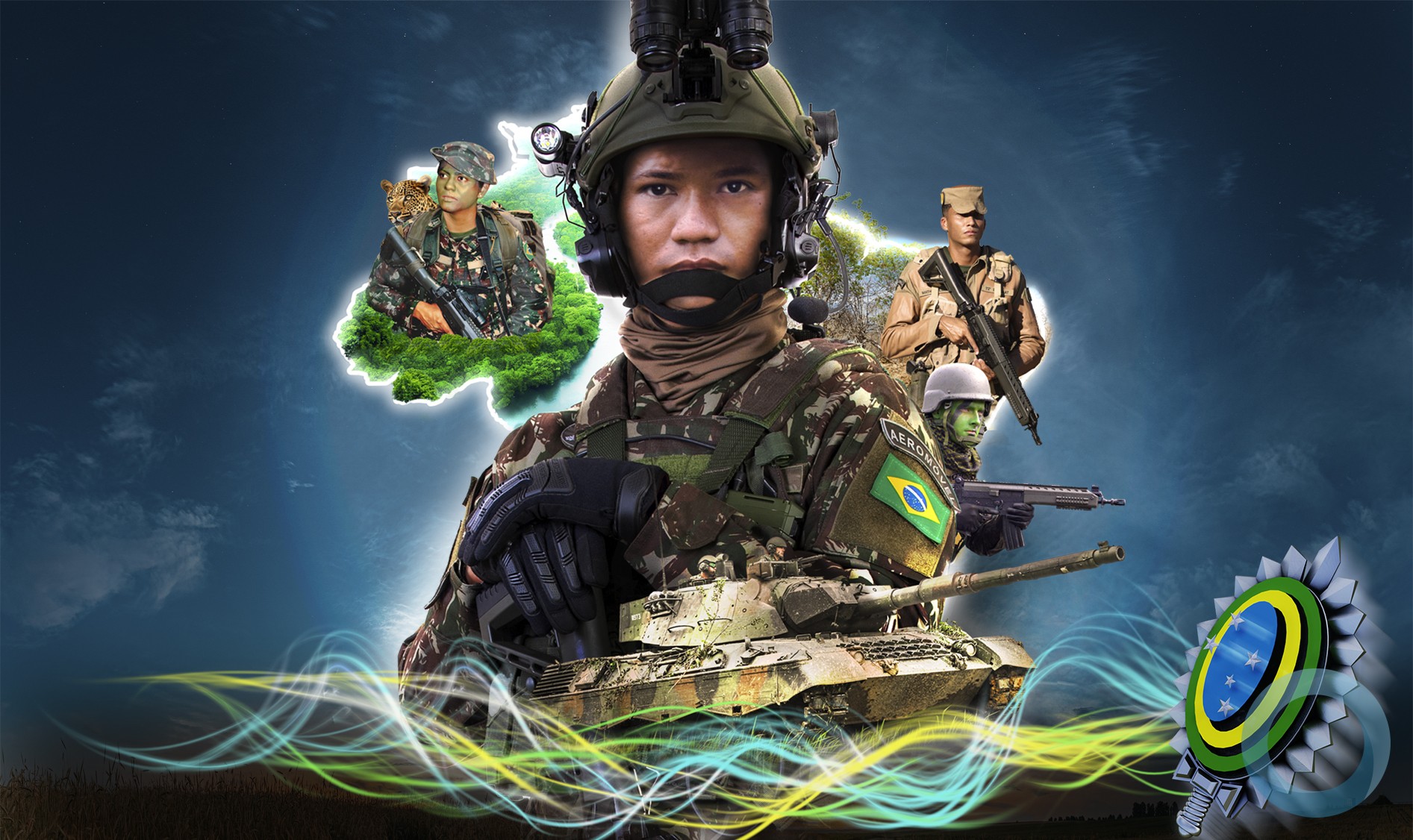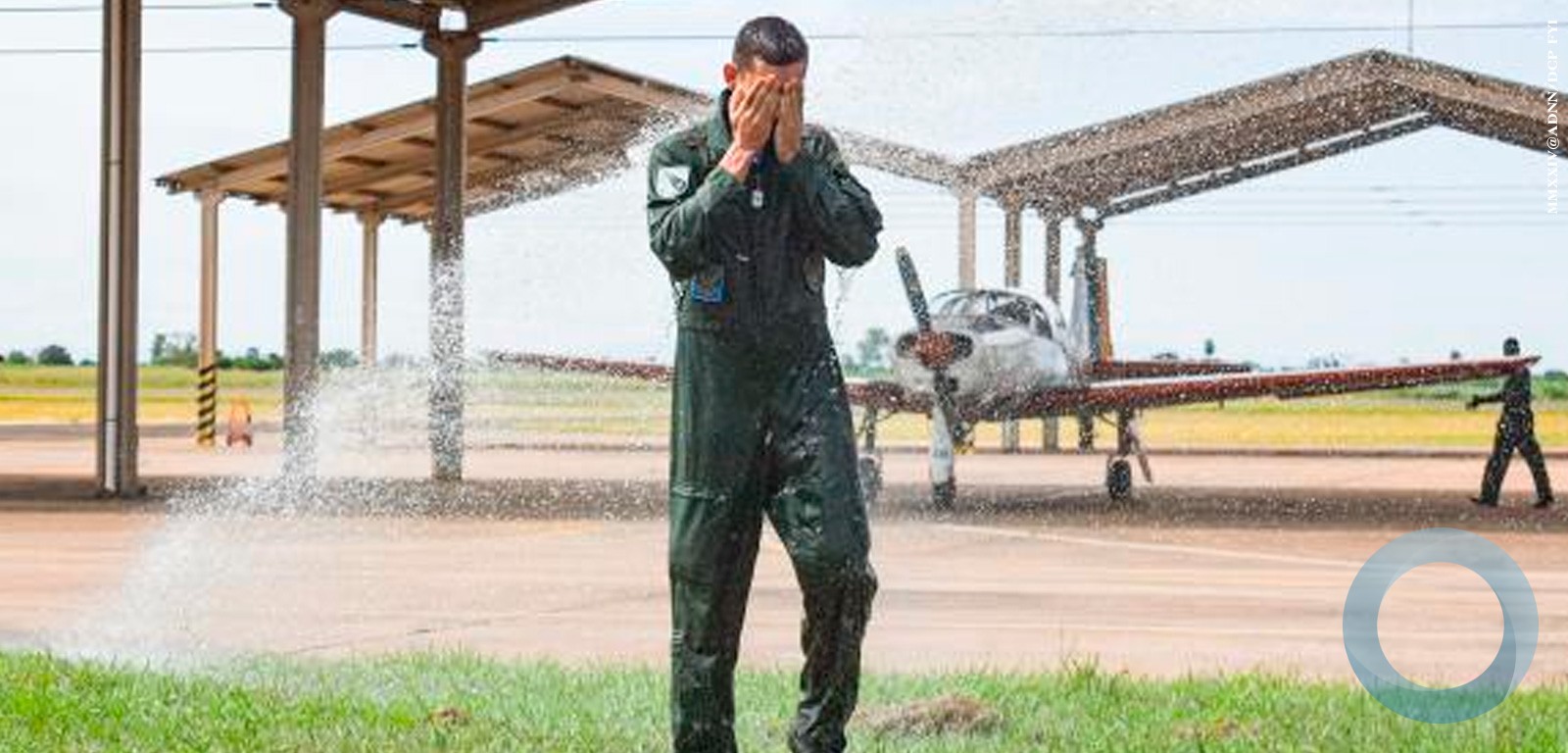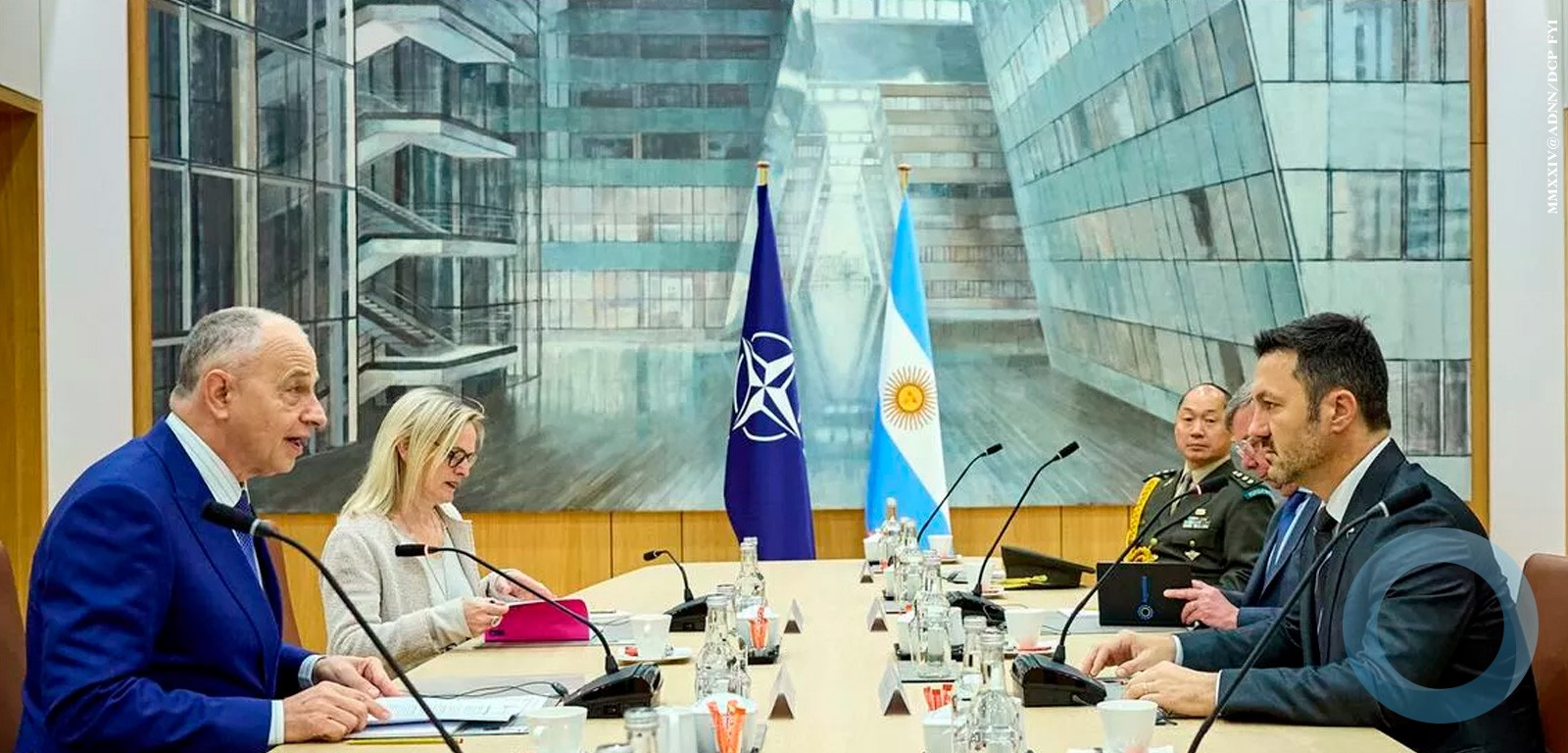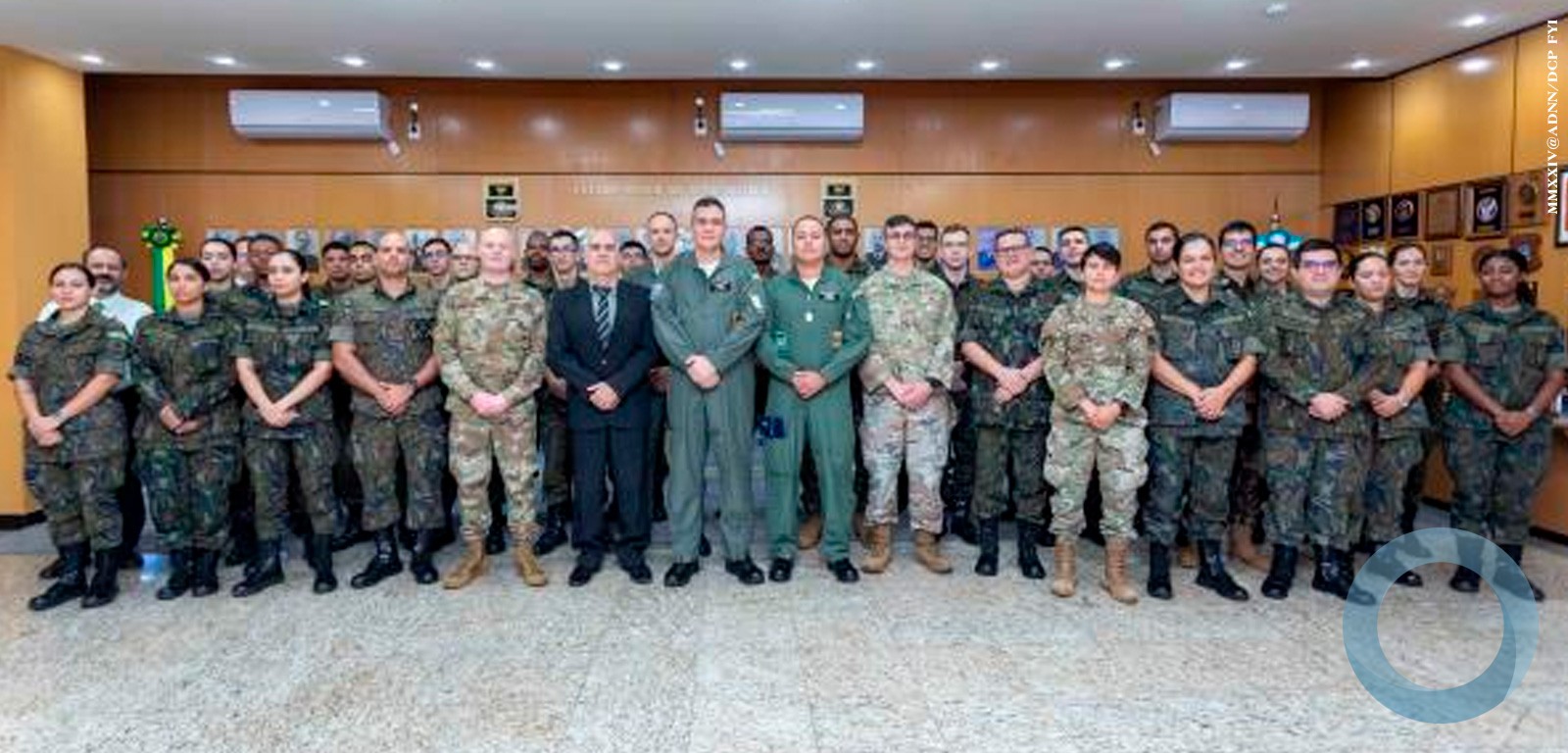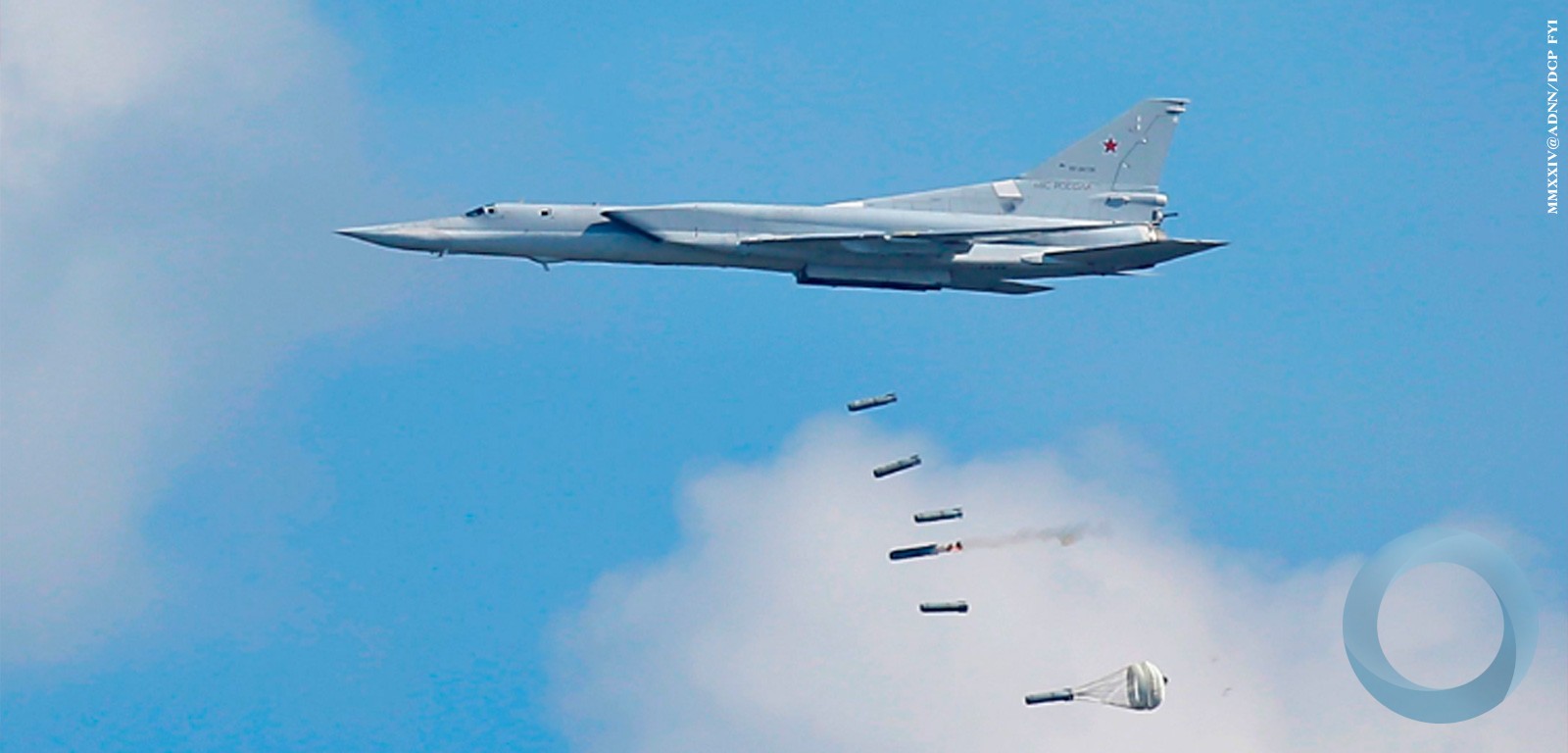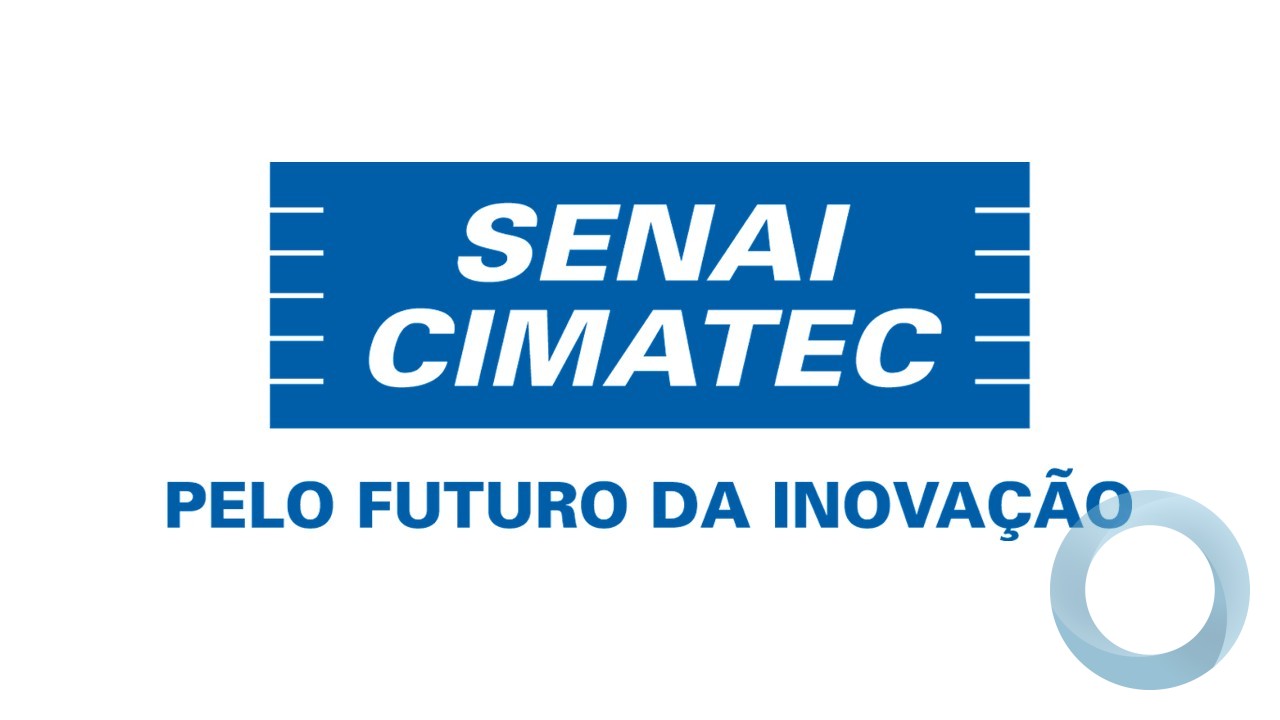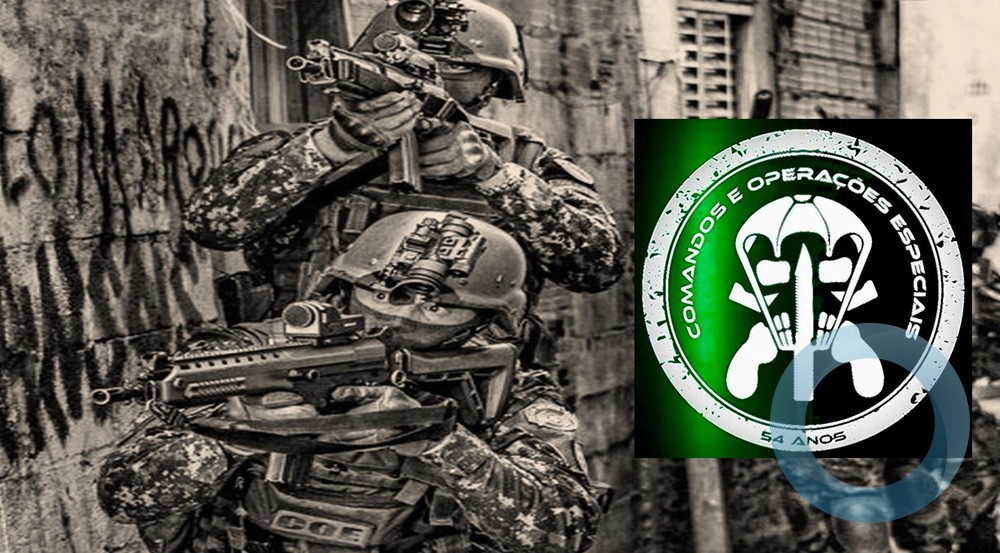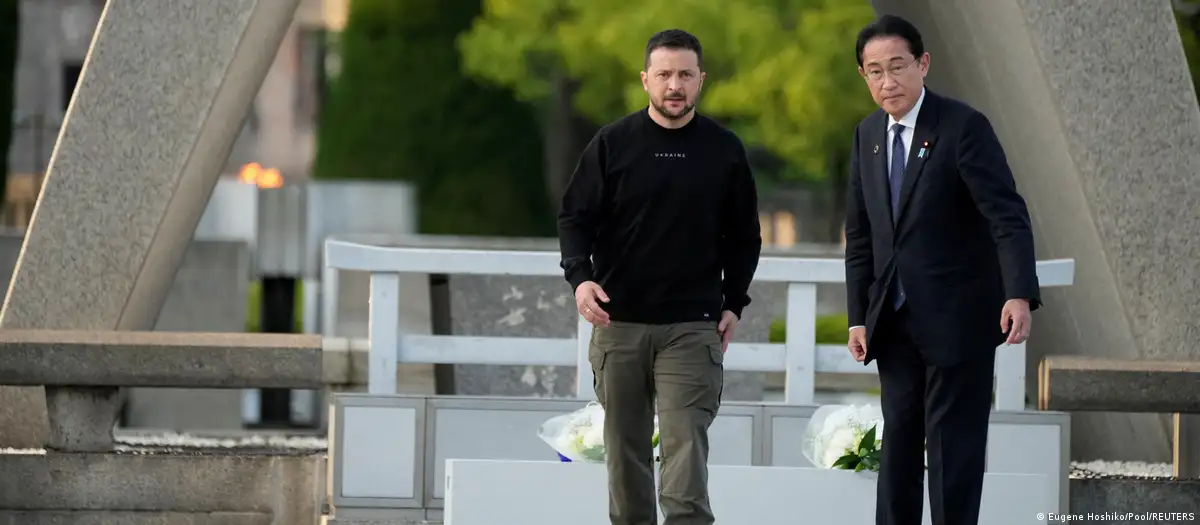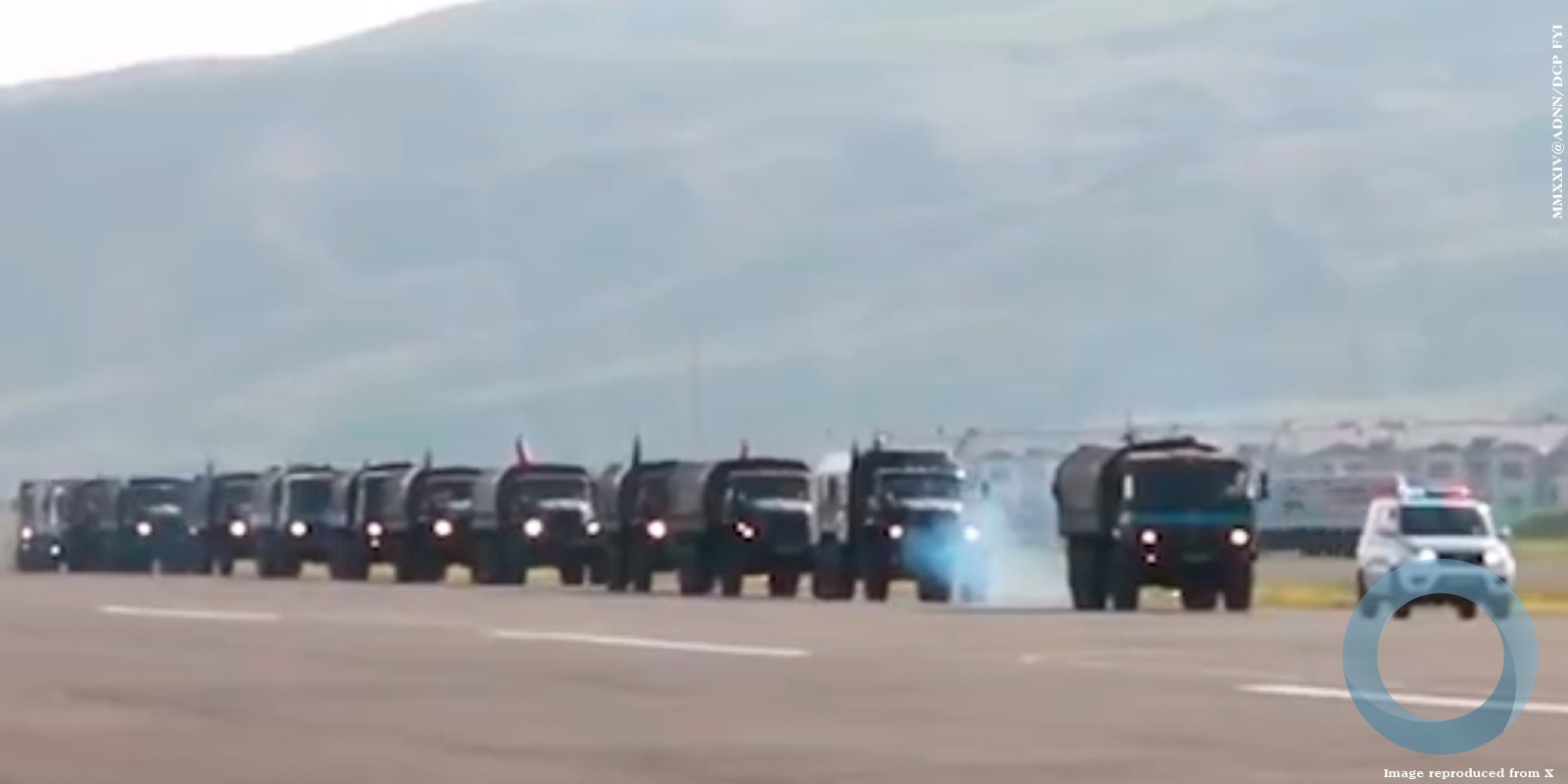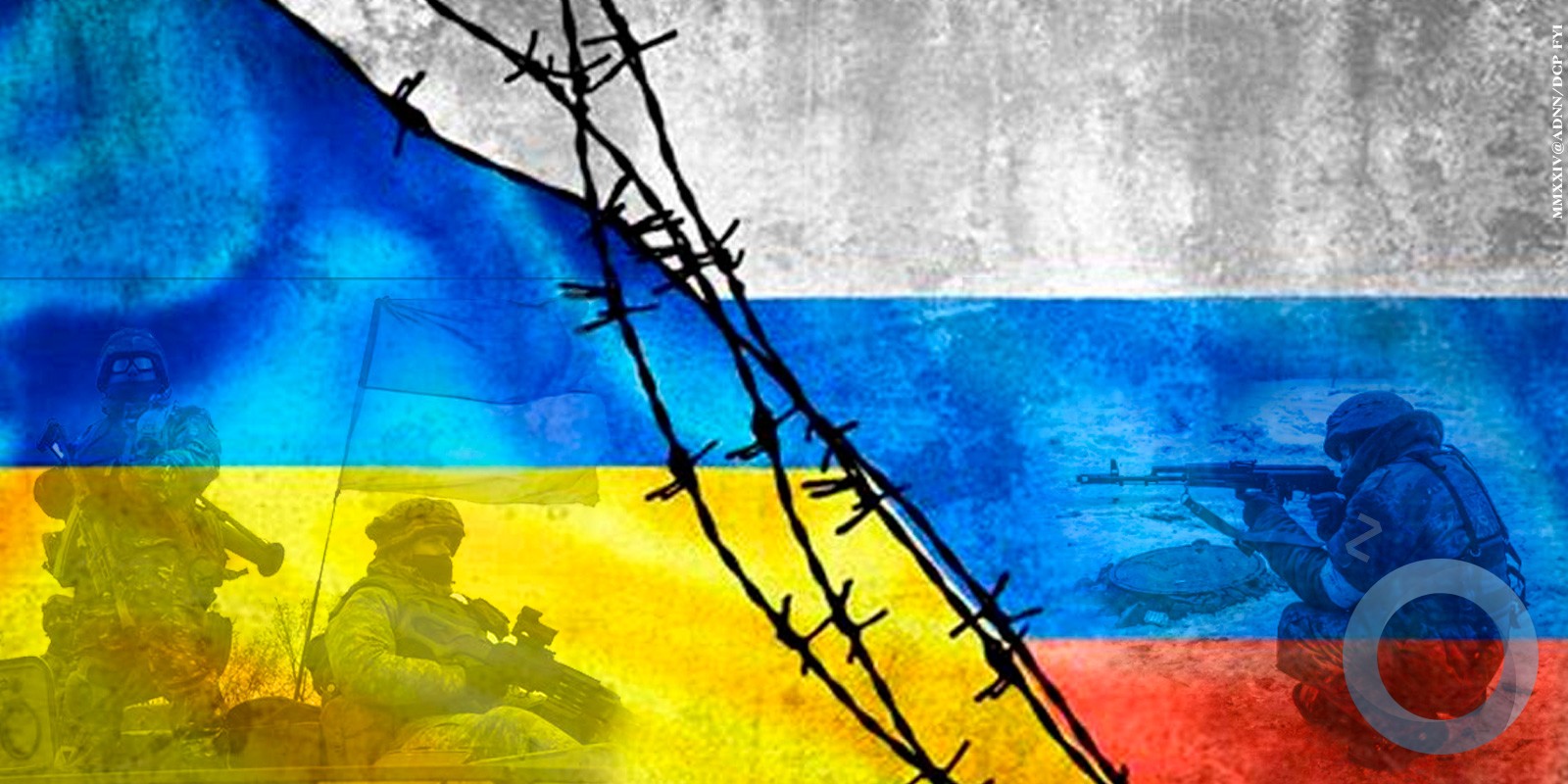Source Ministry of Defense of Russia
Minister of Defence of the Russian Federation General of the Army Sergei Shoigu gave a speech (22FEB2017) at a session of the State Duma in course of the Government Hour.
According to the Defence Minister, regular meetings and close cooperation with specialized committees of the State Duma allow to solve topical issues in the field of military security of the country operatively.
Owing to your support, the Ministry of Defence continues scheduled building-up and development of the Armed Forces aimed to raise its quality conditions. General of the Army addressed to some figures.
Strategic nuclear forces are maintained in condition allowing to perform nuclear deterrence tasks.
Approximately 99% launch systems of the Strategic Missile Forces are in combat condition. More than 96% of the systems are in permanent readiness for immediate missile launch.
Strategic nuclear air force have received 4 modernized aircraft: 2 Tu-160 and 2 Tu-95MS.
The grouping of the naval strategic nuclear forces of the Pacific Fleet has been reinforced with the Vladimir Monomakh strategic missile submarine.
The Armed Forces have received 41 ballistic missiles. The nuclear triad has been equipped with modern armament by 60%.
Combat potential of general-purpose forces has been increased. Nine formations, including four motorized rifle divisions and a tank one, have been formed in the Land Forces.
In total, 2,930 pieces of new and modernized armament have been introduced into troops.
As a result, the rate of modern equipment in the Land Forces is 42%.
The Aerospace Forces have received 139 modern aerial vehicles. Four air defence regiments have been armed with S-400 Triumph air defence missile system.
The rate of modern hardware in the Aerospace Forces has reached 66%. State trials of the three Voronezh prefabricated radar stations have been successfully completed in Orsk, Barnaul and Yeniseysk. Three current-operating radar stations in Baranovichi, Murmansk and Pechora have been improved by the use of high operational readiness technologies. That allowed, for the first time in the new history of Russia, to establish radar field of the missile defence alarm system all round borders of Russia in all strategic aerospace directions and all types of the missile flight trajectory.
Thirty-six military formations and units of unmanned aviation have been formed. In total, the Armed Forces are equipped with more than 600 complexes with 2,000 unmanned aerial vehicles. In 2011, the troops had only 180 outdated systems.
The Navy has received 24 surface ships and auxiliary vessels as well as 2 multipurpose submarines.
The Navy has been equipped with modern armament and hardware by 47%.
Three reconnaissance battalions and 6 tank companies with 2 electronic warfare and UAV companies in each have been formed in the Airborne troops.
The Airborne troops have received 188 new and modernized combat armored vehicles. The percentage of modern armament and hardware has reached 47%.
Therefore, the rate of modern armament and hardware in permanent readiness units of the Russian Armed Forces has reached 58.3%. 94% of the hardware and armament are in good state.
Russian Defence Minister noted that the Russian Federation was spending 54 billion dollars a year for defence issues. The United States have been spending 635 ones, China – 190 billion dollars.
Operation of the National Centre for State Defence Control has reached a new quality level.
Round-the-clock monitoring and coordination is carried out over 6,500 events of the Plan of activities of the Armed Forces. Efficiency of decision-making on crucial issues has been improved in three times.
Characteristics of the data processing systems have been improved. For comparison: the National Centre for State Defence Control exceeds the total volume of stored data and computing power of the Balar, the combined control center of the armed forces of France in 19 times and 3 times respectively.
By the way, complex of buildings of the Russian Defence Ministry was constructed 3 times faster and 2.6 times cheaper than the French control center.
Information platform of the National Centre allowed to unite 73 federal bodiesof executive power, authorities of all 85 subjects of the Russian Federation, 1,320 state corporations and enterprises of the defence industry complex into the joint system of interdepartmental cooperation.
For the first time created a single secure information space at the federal, regional and local levels.
Staffing rate of the troops has reached 93%. Number of contract servicemen has reached 384.000 people. The sergeant staff has become professional for the first time in the Russian history.
A longstanding problem of servicemen at disposal has been resolved. There are 2 thousand such service members in the Armed Forces while three years ago there were 49 thousand. Payments to them reached 32 billion rubles every year.
Level of personnel training and formation coherence has risen due to five unannounced complex combat readiness inspections.
All military districts and units, branches and services of the Armed Forces, with the active participation of the federal authorities and administrations of the subjects of the Russian Federation took part in these activities.
As a result, troops are ready to get resources from the economic complex of the country in war time and to complete tasks in close interdepartmental cooperation.
The operational and combat training has been intensified. In total 3,630 exercises, including 1,250 interservice ones, have been held.
In total created troops formations are ready to ensure the national security of Russia.
Sergei Shoigu noted special role of the International Army Games in developing the competition training system in troops.
The number of competitions of the International Army Games has reached 23.
In total, 82,000 servicemen, including 3,500 ones from foreign countries, took part in the Games.
Improved system of military education has contributed to the growth of servicemen’s professionalism.
Educational institutions of the Russian Defence Ministry have received highly qualified teaching personnel with combat experience.
The network of pre-university educational institutions is being developed.
The Suvorov Military School of Tula has been opened. There has also been created the management “hierarchy” of the Nakhimov Naval School, which now includes Presidential Cadets Schools of Sevastopol and Vladivostok transformed into its branches. Next year, the system will be reinforced by a branch in the city of Murmansk. A Presidential Cadet School will be opened in Petrozavodsk.
The priority of the year was resolving of questions connected with the social protection of servicemen.
We have passed to the scheduled provision of servicemen with permanent housing.
High rates of service housing provision are kept up. This year 29,200 people have received apartments. Additionally, 12,238 living units have been included in the housing resources of the Russian Defence Ministry.
Taking into account the growth of the compensation amount to servicemen, the problem of service housing is considered to be resolved.
Development of the savings and mortgage system is continued.
The average area of the bought living units is 60 square meters that is 20% more than the expected rate.
This year, the availability and quality of the medical treatment have been considerably increased.
Equipment of military medical organizations and institutions with modern medical hardware has allowed to provide 83 types of high-tech medical assistance, to perform unique surgeries in the leading military clinics of the Russian Defence Ministry.
The number of servicemen who have pneumonia has reduced by 22%, the number for cardiovascular diseases – 20%.
This year, the opening of the multipurpose clinic of the Kirov Military Medical Academy will take place. This health care institution will be unique in the country. It will re-establish the historical and professional importance of the Military Medical Academy and will allow to achieve new levels of education and medicine.
Measures taken for the development of the military construction complex have allowed to achieve synchronization in creation of the infrastructure with deliveries of armament and military equipment.
Today the total requirements of the Russian Armed Forces in infrastructural facilities taking into consideration the worn-out state of the funds constitutes 30 million square meters.
In 2016, 2550 buildings have been erected the total area of which constitute 2,7 million sq. m. that is 18% more that in the previous year. It is to mentioned that today the pace of construction exceed the total rate of the period 2010-2012 by more than 10 times. That time only 210 objects were built.
Usage of modern quick building technologies has allowed to reduce the construction time limits by 2 times during the erection of shelters for the military hardware and barracks and to reach the average price of a square meter which does not exceed 30 thousand rubles that is lower than the national average.
For that purpose, the military construction complex is undergoing a serious reform. The Spetsstroy Rossii is liquidated. The Armed Forces receive 8 federal state unitary enterprises. They will build only special facilities for the Russian Defence Ministry.
This will exclude intermediates during fulfillment of state contracts; will allow the military enterprises to perform the most part of all works within the contracts using their own resources as well as to cut in half the quantity of management personnel.
The Russian Defence Ministry has received great output from the programme “Effective army”.
Automated filing system “Passport” is being introduced within it. It includes the usage of special personal electronic cards by servicemen. In 2016, all the 275 thousand conscripts of the Russian Armed Forces received such cards.
The system includes all the period of a citizen’s military service – conscription, the service itself and the subsequent period in reserve.
In 2017, the “Passport” electronic cards will be integrated into the control and management system used for reservation of food allowance for servicemen.
That will allow planning the expenses effectively, taking into consideration the allowance and financing rates within a military unit, an army or a military district. The control and management system is used in 729 canteens and has already saved 700 million rubles.
118 thousand metering devices installed at the Russian Defence Ministry facilities have already saved 3.5 billion rubles.
Transition of 28 boiler houses from solid and liquid fuel to natural gas has reduced the expenses of heating by 108 million rubles.
After re-equipment of 410 boiler houses by 2020, the annual costs will have been cut in half, this will effect a saving of 3.7 billion rubles.
Moreover, the works aimed at munition life extension have saved over a billion rubles. This year, 16 arsenals have developed workshops to carry out repairing of munitions that had not been performed for 15 years. Over a million munitions have been repaired this year. That has saved 69 billion rubles.
Moreover, the works aimed at munition life extension have saved over a billion rubles.
About 60 thousand modern storage containers made of polymer materials have been delivered to arsenals.
Taking into consideration its extended life time, since 2020 the storage of missiles and munitions will save up to 900 million roubles a year.
Within sapper training courses, the Engineer Troops have conducted tactical exercises and demolished 785 written-off buildings at 54 objects of the Russian Defence Ministry that has saved 8 billion roubles. Earlier, such works were outsourced.
The Russian Defence Ministry undertakes complex developing of the Arctic regions.
Works have been finished on the New Siberian Islands, the Franz Josef Land and the Novaya Zemlya archipelagoes.
Technical positions of radar units and aviation targeting centres are being built on Wrangel Island, the Cape Schmidt and Alexandra Land.
Ecological clearing of the Arctic near the Alykel airfield, at the Novaya Zemlya archipelago, Wrangel and Kotelny Islands has been finished. 165 hectares have been cleaned, 6,500 tons of scrap metal have been removed.
First of all, the growth of combat capabilities of the Russian Armed Forces must be continued.
Measures must be taken to reinforce the groupings of troops in the West, South-West and Arctic strategic directions.
State Defence Orders of the year 2017 must be placed in time and fulfilled properly. The percentage of modern hardware in the constant combat readiness units of the Russian Armed Forces has reached over 62%.
The Head of the military department has outlined the tasks for the future period.
In the Strategic Nuclear Forces
Three missile regiments equipped with modern missile complexes must be put on alert in the Strategic Missile Forces.
Five modernized air complexes – one Tu-160 and four Tu-95MS – must be put in service.
In general-purpose forces
The Land Force must receive two brigade missile complexes Iskander-M as well as must re-arm three air defence batteries with the new air defence systems Tor-M2.
905 modern tanks and combat armored vehicles must be delivered to the troops.
Aerospace Forces
The Aerospace Forces and the naval aviation must receive 170 new and modernized aircraft.
Four air defence missile regiments must be re-armed with S-400 air defence complexes.
Three prefabricated radar stations must be commissioned and put in service in Yeniseysk, Orsk and Barnaul.
The second spacecraft of the Unified Space System must be launched.
Naval Forces
The Russian Navy must receive eight surface ships and nine combat motor boats. The Coastal Troops must receive four coastal missile systems Bal and Bastion.
The modernization of the basing system of the Russian Armed Forces must be continued. 3,166 buildings and objects are to be put in service.
The rates of development will allow to accomplish the task, which had been assigned by the President of Russia, to reach the rate of modern armament and hardware in the Armed Forces equal to 70% by 2020.
Syria
Sergei Shoigu paid special attention to operation carried out by the Armed Forces in the Syrian Arab Republic.
The main tasks, which had been assigned to the Armed Forces by the President of Russia before the start of the operation in Syria, have been completed.
The operation promoted solving a number of geopolitical tasks.
Financial support and resource supply systems of terrorists have been disrupted.
Dissipation of Syria has been prevented.
Chain of the colored revolutions replicated in the Middle Eastern and African countries has been interrupted.
"The main event of the last year was the liberation of Aleppo, which is considered to be the second capital of Syria and the largest industrial center. This victory has not only military but also great political importance for the whole country," said the Minister of Defence.
He told the city was rapidly returning to civilian life owing to the help of the Russian military servicemen.
Specialists of the International Mine Action Centre of the Russian Armed Forces have detected and defused 66 thousand tons of explosive devices in the liberated Aleppo.
The servicemen of the military police help to maintain the order in the city.
Military doctors are actively providing assistance to the civilian population and the Russian Centre for reconciliation daily delivers of humanitarian aid.
The United Nations, Armenia, Belarus, Serbia, India, China, and Kazakhstan have joined the Russian humanitarian operation in Syria.
Process of political settlement and reconciliation of the opposing sides has been launched.
It is supported by international meetings in Astana, which have already become regular.
We managed to gather at the table of negotiations representatives of the Syrian government and leaders of armed formations of the opposition as well as representatives from the guarantor countries – Russia, Turkey and Iran – with the participation of the United Nations.
As a result, ceasefire regime is held throughout Syria starting from December 30, 2016. The number of provocations is steadily declining.
The delimitation of the moderate opposition groupings from terrorist groups is about to be finished.
The Russian initiative on the Draft Syrian Constitution has found support. Mechanisms of its discussion and adoption are being elaborated.
This year a large group of ISIS insurgents was defeated to the north of Aleppo. The government troops brought under control 41 inhabited areas in this district.
The Russian Aerospace Forces and the Turkish Air Force conducted first joint strikes against the ISIS terrorist grouping near al-Bab in the Aleppo province.
This year 1,780 square kilometers of Syrian territory and 53 settlements were liberated from terrorists.
The Russian aviation carried out 1,760 sorties performing 5,682 strikes on the terrorists’ infrastructure.
40 training camps, 475 control centres, 45 factories and workshops for production of ammunition, 1,500 items of terrorists’ military hardware, 3119 insurgents, including 26 field commanders, have been eliminated.
The Minister of Defence reported that 162 samples of modern and modernized armament have been tested during the warfare in Syria. They have proved their high efficiency.
Su-30SM and Su-34newest jets as well as Mi-28N and Ka-52 helicopters are among them.
High-precision munitions, sea-based cruise missiles, which had been used for the first time in combat, proved their tactical characteristics.
86% of flight personnel of the Russian Aerospace Forces, including 75% of the crews of long-range aviation, 79% of tactical aviation, 88% of military transport and 89% of army aviation, have received combat experience in Syria.
The Special Operation Forces and special task units have showed their high efficiency. They are playing a key role in elimination of terrorist leaders, destroying critical enemy targets, aiming our air strikes.
Aviation group of the Russian Aerospace Forces at the Hmeymim airbase and logistics support post of the Russian Navy in Tartus are effectively functioning in Syria. Modern military and social infrastructure has been created at the bases.
International agreements, which created the law basis for long exploitation of these objects, have been signed.
"This will allow us to maintain the strategic balance in the region, to stop the spread of terrorist groups in Syria and neighboring countries", – concluded the Minister of Defence.
In conclusion, General of the Army Sergei Shoigu expressed his gratitude to the session participants for all-round support of development of the Russian Armed Forces.






